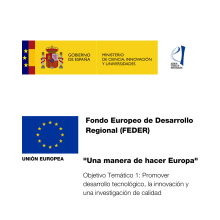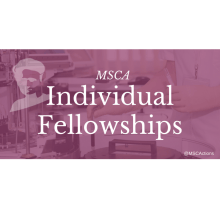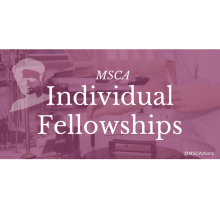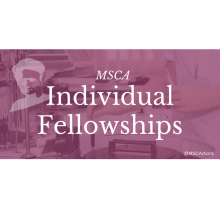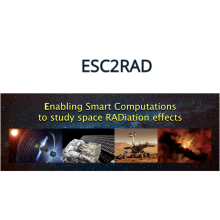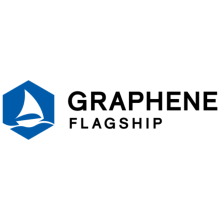Proiektuak
Projects at a Glance
Evaporador - Evaporador para el crecimiento de películas delgadas en alto vacío
El proyecto tiene como finalidad la compra de un evaporador de alto vacío provisto de dos tipos diversos de evaporación de materiales y un equipo de ataque físico por iones. Las características de este equipo nos permitirán ampliar los materiales disponibles en nuestra sala blanca, así como acometer procesos de fabricación con condiciones ideales en cuanto a limpieza de intercapas y con un nivel ideal de rotación de usuarios.
ANTHEM - AdvaNced THErmoelectric Materials through Vapor Phase Infiltration
Waste heat—the rejected by-product of all energy conversion processes—remains a huge and unexplored reservoir of green energy. It is estimated that two-thirds of the 160 TWh required for global power consumption is lost to the environment each year. Converting even a fraction of this wasted energy into electricity at the cost of 10 cents per kWh would generate a new EUR 1.0 trillion industry—creating jobs, boosting the economy, and increasing energy efficiency.
R-I PEERS- Pilot experiences for improving gender equality in research organisations
The R&I PEERS project will be based on the concept of gender equality, that can be expressed as “women and men enjoy the same status and have equal opportunity to realize their full human rights and potential to contribute to national, political, economic, social and cultural development, and to benefit from the results”.MATBIOCAT - Design of Hybrid Protein-Inorganic Nanostructured Biomaterials for Advanced Heterogeneous Catalysis
MATBIOCAT focuses on merging synthetic materials with biomolecules to create functional nanostructures, enhancing performance in extreme conditions for biotransformation processes. The aim is to improve biocatalyst stability in organic solvents, high temperatures, and extreme pH values. Three main sections involve enzyme encapsulation in polymeric networks, designing metal-based nano/microstructures, and creating enzymatic bioreactors. Collaboration across enzymology, polymer chemistry, inorganic chemistry, and material science contributes to this multidisciplinary effort. Challenges include ordered placement of biocatalysts in stable films or microstructures to preserve catalytic performance. The project's ultimate goal is to develop advanced biomaterials with improved enzymatic function, holding potential for various applications.
By funding program
Kontaktua

Yurdana Castelruiz
Projects Manager
+ 34 943574022
y.castelruiz[at]nanogune.eu

